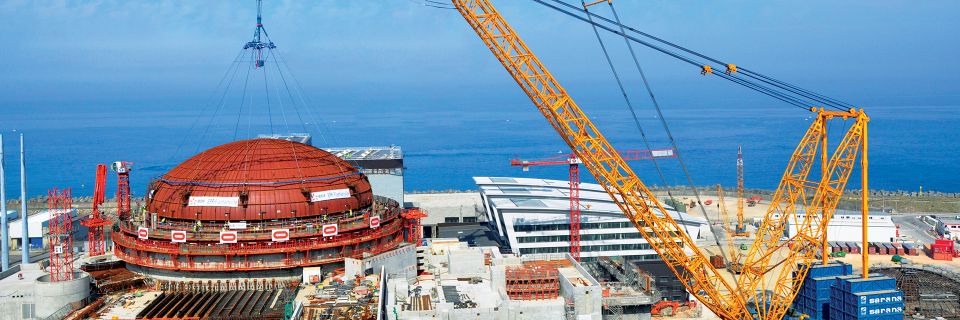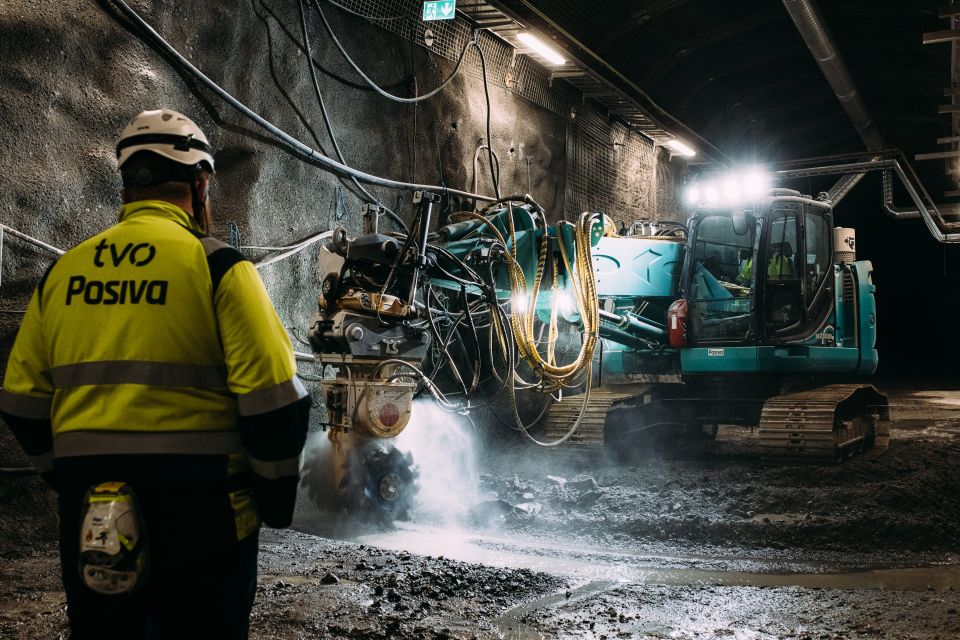Crews with the Idaho National Laboratory Site’s IWTU replace filter bundles inside the unit’s process gas filter. (Photo: DOE)
The Department of Energy’s Office of Environmental Management announced yesterday that waste processing operations have resumed at the Integrated Waste Treatment Unit (IWTU) at the Idaho National Laboratory Site. The resumption of operations follows the completion of two maintenance campaigns at the radioactive liquid waste treatment facility.
According to DOE-EM, during the IWTU operational pause, engineers replaced the granulated activated carbon beds, which remove mercury during the sodium-bearing waste treatment process. Crews also replaced process gas filter bundles and conducted minor maintenance operations. Gases from the facility’s primary reaction vessel are filtered through 18 filter bundles composed of 342 individual filters.
According to reports by the Defense Nuclear Facilities Board, the IWTU has been shut down since March, when it was discovered that material was bypassing the process gas filter during operations. In its most recent report for INL, dated August 2, the DNFB noted that IWTU personnel installed new process gas filter bundles in the filter unit in July.
The campaign: To date, the IWTU has treated more than 80,000 gallons of radioactive liquid waste remaining in underground waste tanks at the Idaho Nuclear Technology and Engineering Center.
The sodium-bearing waste is a byproduct of decontamination and rinse campaigns associated with historic spent nuclear fuel reprocessing runs at the center. The IWTU uses a steam-reforming process to convert the liquid waste into a dry, granular solid, which is transferred to stainless steel canisters and placed in concrete vaults for on-site storage.
Sodium-bearing waste treatment is expected to take three to seven years to complete, accounting for outages to conduct regular maintenance on the facility, according to DOE-EM.






